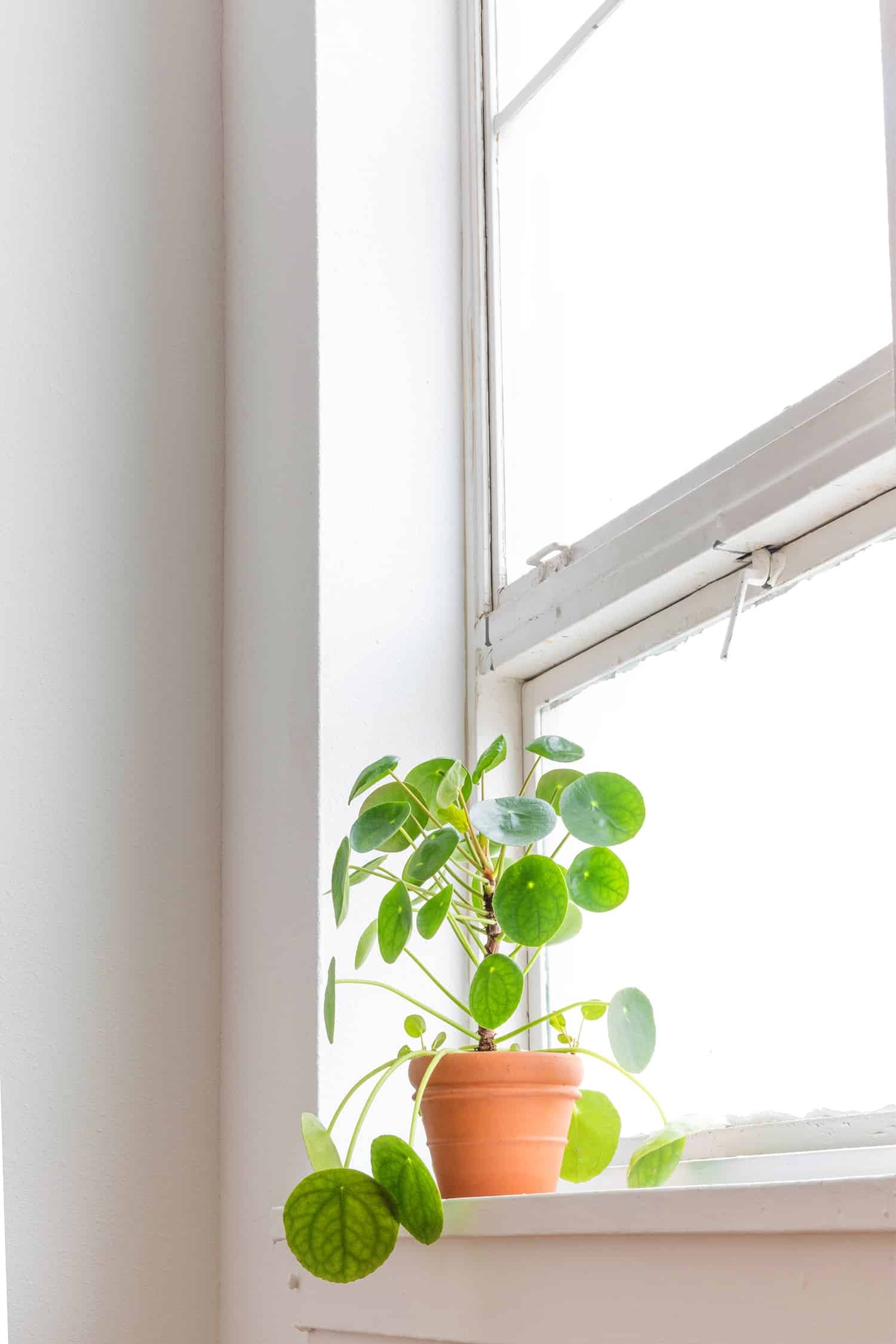The money plant, also known as Pilea peperomioides, is a popular houseplant with unique round leaves resembling coins. Its playful appearance and relatively easy care make it a favorite for both beginners and experienced plant owners. This guide will provide everything you need to know about How To Care For A Money Plant and help it thrive in your home.
Potting Your Money Plant
Repotting a money plant encourages growth, especially when it starts producing “pups” or baby plants. Choose a pot with drainage holes to prevent root rot, a common issue with overwatering. Terracotta pots are excellent choices because they allow the soil to breathe and dry out faster than plastic or glazed pots. If you prefer a decorative pot without drainage, simply place the terracotta pot inside.
When repotting, add a layer of small stones at the bottom for improved drainage. Use a well-draining potting mix, ideally one that contains some sand, especially if you live in a humid climate. This will help prevent the soil from staying too wet.
Watering Your Money Plant
Money plants prefer moderate watering and allowing the soil to dry out between waterings. Avoid overwatering, as this can lead to root rot. To check if your plant needs water, stick your finger into the soil. If the top inch feels dry, it’s time to water. Alternatively, lift the pot; if it feels light, it likely needs water. Generally, watering once a week is sufficient, but always adjust based on your environment and the plant’s needs. Never let the plant sit in standing water; always empty the excess water from the saucer after watering. A drooping money plant can often indicate underwatering, while yellowing leaves can be a sign of overwatering.
Sunlight Requirements for Money Plants
Money plants thrive in bright, indirect sunlight. Avoid placing them in direct sunlight, as this can scorch the leaves. A bright windowsill is an ideal location. If your money plant starts to become leggy, with a long stem and few leaves, it’s a sign that it’s not getting enough light. Rotate your plant regularly to ensure even growth on all sides. Dusting the leaves occasionally will also help them absorb more light.
Propagating Money Plants
Money plants readily produce pups, making propagation easy. These baby plants sprout from the soil around the mother plant. You can leave them to grow for a fuller plant or cut them off to share with friends. Wait until the pups are at least three inches tall before cutting them. Use a clean, sharp knife or scissors to sever the pup from the mother plant, being careful not to damage the delicate roots. You can root the pup in water or directly in soil. The water method allows you to observe root development. Once roots appear, you can pot the new plant.
Fertilizing Your Money Plant
Fertilizing your money plant during the spring and summer months can promote growth. A balanced liquid fertilizer, such as a 10-10-10 formula, is recommended. Dilute the fertilizer according to the package instructions and apply it when watering.
Conclusion
Caring for a money plant is rewarding and relatively straightforward. By following these tips on potting, watering, lighting, propagation, and fertilization, you can help your money plant thrive and enjoy its unique beauty in your home. Remember to observe your plant and adjust your care routine as needed based on its specific needs and your environment.

